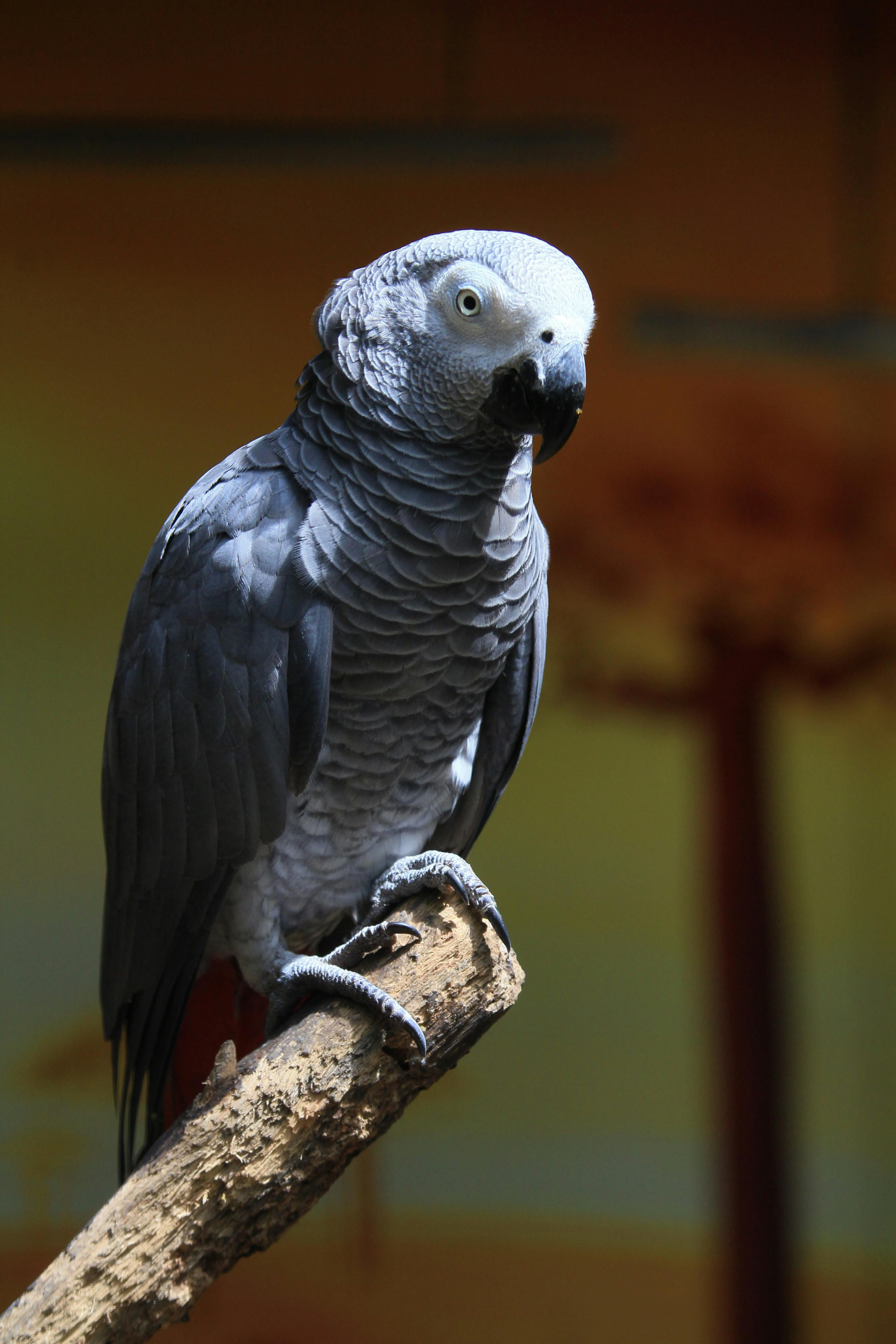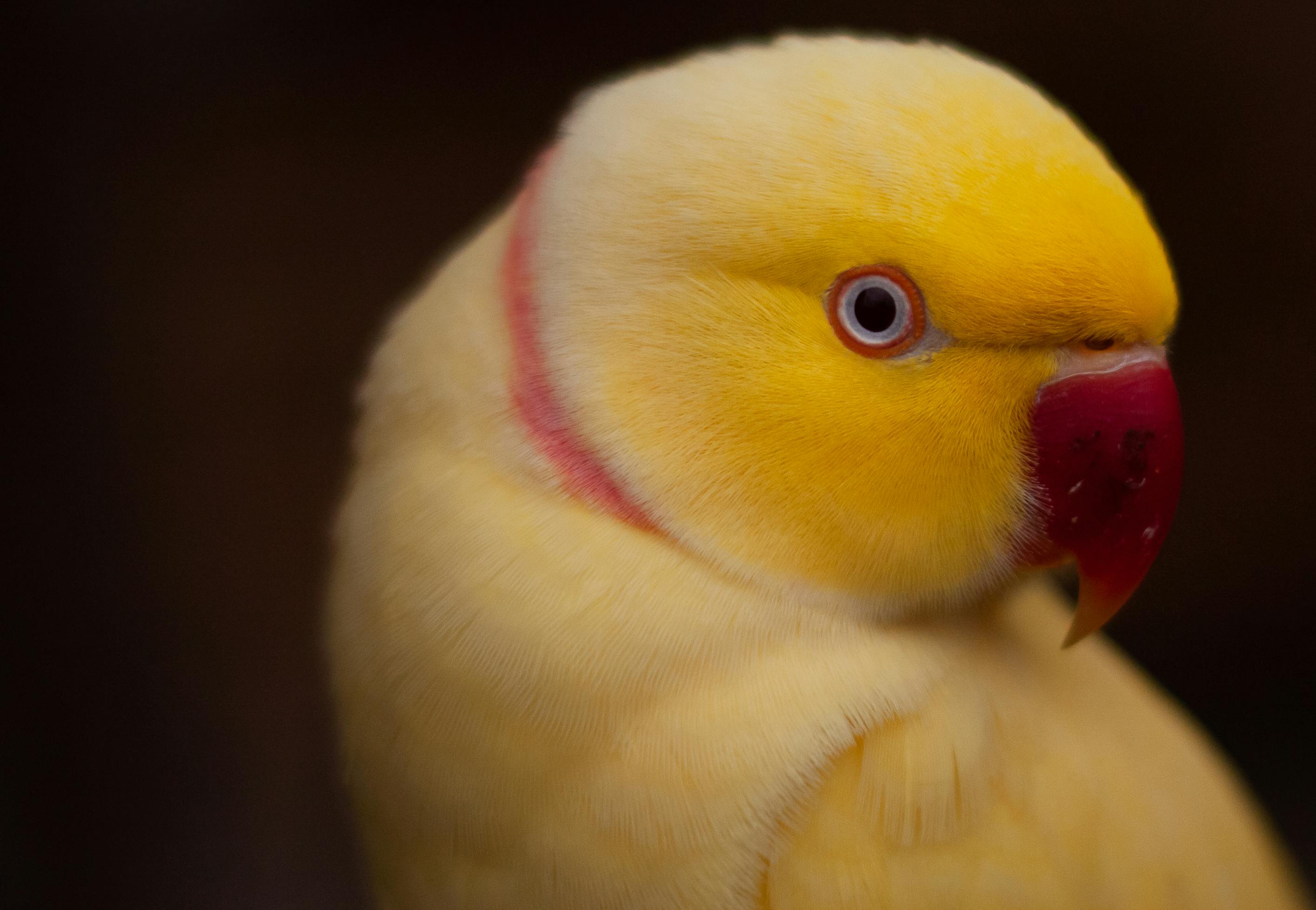Top 5 Effective Ways to Care for Your White Dwarf Hamster in 2025
White dwarf hamsters have become a popular choice for pet lovers in recent years. Their captivating looks and engaging personalities make them ideal companions, especially for children and new pet owners. However, ensuring the well-being of your dwarf hamster requires a solid understanding of their specific needs. This article outlines the top five effective ways to care for your white dwarf hamster, covering essential aspects such as diet, habitat, socialization, enrichment, and grooming.
By providing the right environment and care, you can help your little furry friend thrive. In this guide, we will delve deep into each aspect of hamster care, discussing the best practices to maintain their health and happiness. Additionally, we will highlight how proper pet care not only benefits your hamster but enhances the bond you share.
Before we proceed, let's look at the key takeaways: your white dwarf hamster needs a balanced diet, an appropriate environment, social interactions, mental stimulation, and thorough grooming. Now, let's explore each of these points in detail.
Essential Nutrition for Your Dwarf Hamster
Proper feeding practices are fundamental to ensuring the health of your white dwarf hamster. The right diet not only meets their basic nutritional needs but also supports their overall well-being and longevity.
Understanding Dwarf Hamster Diet
The diet of a white dwarf hamster should consist of high-quality pellet food specifically designed for dwarf hamsters. These pellets provide the necessary vitamins and minerals essential for your pet's growth and maintenance. In addition to pellets, you can supplement your hamster's diet with fresh fruits and vegetables, which offer essential hydration and add variety.
Common vegetables safe for hamsters include carrots, kale, and cucumber. However, moderation is vital; too much fresh produce may lead to digestive issues. As a general rule, aim to offer fresh fruits and vegetables no more than two to three times a week, and always wash them thoroughly before offering them to your pet.
Choosing the Right Treats
Treats can play a positive role in reinforcing good behavior and providing mental stimulation. Look for treats made specifically for hamsters, preferably those that are high in fiber and low in sugar. Some excellent options include small pieces of dried fruit or store-bought hamster treats.
While treats can be exciting for hamster bonding, it's crucial to limit their intake. Overindulging in treats can lead to obesity and health issues in your dwarf hamster. Aim for a treat size of about the size of a pea to avoid overfeeding. Moreover, taking care of your dwarf hamster's dietary needs ensures they remain active and healthy.
Hydration and Water Needs
Water is as critical as food when it comes to hamster care. Ensure your white dwarf hamster has access to fresh, clean water at all times. Using a water bottle with a sipper tube is preferable over a bowl, as it minimizes spilling and helps to keep the bedding dry. Change the water daily, and clean the bottle regularly to prevent bacteria growth.
Remember that hydration contributes significantly to your hamster's well-being. Without proper hydration, health issues may arise, so it's essential to monitor their water intake regularly.
Creating a Comfortable Habitat
With the nutrition covered, the next step in caring for your dwarf hamster is creating a suitable habitat. Your pet's environment plays a significant role in ensuring a stress-free and enjoyable living space.
Choosing the Right Cage
The size and design of your hamster's cage are vital for proper care. A spacious cage with horizontal bars is an excellent choice as it allows your hamster to climb and explore, promoting their natural behaviors. While small hamster cages might seem cute, they often restrict movement, which could affect their physical and mental health.
Consider a multi-level cage that can accommodate various enrichment items, such as exercise wheels and tunnels. The minimum recommended size for a dwarf hamster is at least 24 inches long and 12 inches wide. To provide the best environment, choose a cage with appropriate ventilation and sturdy construction to keep your pet safe.
Optimal Bedding and Nesting Materials
Choosing the right bedding is just as important as the cage itself. Opt for bedding made from natural materials, such as aspen shavings or paper-based bedding. Avoid cedar or pine shavings, as they contain aromatic oils that can irritate your hamster's respiratory system.
Additionally, providing nesting material is essential for your dwarf hamster's comfort. Tissue paper or cotton bedding can be excellent choices, as they allow your pet to create a cozy nest. A comfortable habitat will help your hamster feel secure, reduce stress, and encourage them to express natural behaviors.
Hamster Accessories and Enrichment
A well-equipped hamster habitat goes a long way in enhancing your pet's quality of life. Include items such as an exercise wheel, tunnels, and hideouts to encourage movement and play. Exercise is crucial for your hamster's health, reducing the risk of obesity and related issues.
Ensuring your hamster's habitat has multiple toys and activities helps keep their minds stimulated. Consider DIY hamster toys made from safe, untreated materials to save money and provide endless fun for your furry friend. A well-designed environment caters to your pet's instinctual behaviors, significantly improving their well-being.
Promoting Hamster Socialization
Another key aspect of hamster care involves socialization. While it's essential to understand that hamsters are naturally solitary creatures, regular interaction is vital for developing a trusting bond between you and your pet.
Handling Your Dwarf Hamster
Introduce handling gradually to establish trust. Start by allowing your white dwarf hamster to explore your hand at their own pace. Avoid abrupt movements that could startle them, and keep sessions short initially, gradually increasing the time as your pet becomes more comfortable.
When picking up your hamster, ensure you're gentle and supportive. Secure the animal in both hands and bring them close to your body for a sense of safety. Regular handling not only builds trust but also helps familiarize your pet with human interaction.
Understanding Dwarf Hamster Behavior
Observing your dwarf hamster's behavior provides insight into their needs and preferences. Hamsters are primarily nocturnal, meaning they may be more active during the evening hours. Allow your hamster time to adjust to its environment and schedule, paying close attention to their habits and preferences.
By understanding these behavioral patterns, you can better cater to their needs while providing opportunities for interaction during their active hours. Playtime can also help you bond and create valuable memories with your pet.
Enrichment Activities for Your Hamster
Incorporating enrichment into your hamster's routine enhances their quality of life and can even keep them healthier. A variety of activities stimulates your hamster mentally and physically.
Interactive Play and Exercise
Engage your dwarf hamster with interactive toys and activities, which can encourage exercise and mental stimulation. Introduce tunnels and mazes, allowing your pet to explore while promoting natural behaviors. Providing an exercise wheel is also essential, ensuring your hamster can burn off excess energy when they cannot explore outside.
Regular playtime outside of the cage is an excellent way to promote exercise while building a strong bond. Create a safe play area, free from hazards, and supervise your hamster closely during these sessions to prevent accidents. This is a vital aspect of maintaining their mental and physical health.
DIY Toys and Activities
Making DIY hamster toys can save money while providing your pet with fun and enrichment. Use safe household items, such as paper towel rolls or small cardboard boxes, to create new toys that will keep your dwarf hamster engaged. Rotating your hamster's toys regularly ensures they remain excited about their environment.
Encouraging your dwarf hamster's curiosity through enrichment activities leads to a more fulfilled and satisfied pet. Through thoughtful engagement and enrichment, your furry friend will thrive in their habitat.
Regular Grooming and Health Check
Finally, the grooming aspect of hamster care is essential. Regular grooming not only keeps your white dwarf hamster looking their best, but it's also an opportunity to check their overall health.
Grooming Your Dwarf Hamster
Although dwarf hamsters are generally good at self-grooming, regular brushing can help remove loose fur and prevent matting. Use a soft brush specially designed for small animals. Regular grooming sessions also allow you to bond with your pet while assessing their skin and fur's health.
Monitoring Dwarf Hamster Health
Keeping an eye on your white dwarf hamster's health is crucial for their longevity. Regularly check for signs of illness or discomfort, such as changes in appetite, lethargy, or abnormal behavior. A trip to a small animal vet should be on your radar if you notice any concerning signs.
Being proactive about health check-ups and monitoring for signs of illness enables you to provide timely medical care when needed, ensuring your dwarf hamster's well-being.
Q&A Section: Caring for Your White Dwarf Hamster
What is the best diet for a white dwarf hamster?
The best diet consists of high-quality pellet food specifically designed for dwarf hamsters, with fresh fruits and vegetables introduced in moderation.
How often should I clean my hamster's cage?
A complete cage cleaning should occur once a week, with spot cleaning to maintain hygiene done every few days. Clean water should be provided daily.
Can I keep my white dwarf hamster with other hamsters?
Dwarf hamsters typically prefer to live alone, as they can become territorial. If you consider keeping them together, ensure to monitor their interactions closely.
How do I know if my hamster is healthy?
Signs of a healthy hamster include a lively demeanor, a clean and well-groomed appearance, a normal appetite, and consistency in their droppings.
What should I do if my dwarf hamster shows signs of illness?
If you notice signs such as lethargy, loss of appetite, or unusual behavior, consult a small animal vet immediately to ensure proper care.
By following these effective methods for your white dwarf hamster's care, you will not only ensure their physical health but also foster a loving and lasting bond. Discover more about pet care for small mammals and enrich your hamster's life by visiting these useful resources: Hamster Care Guides and Advice for Hamster Owners.


